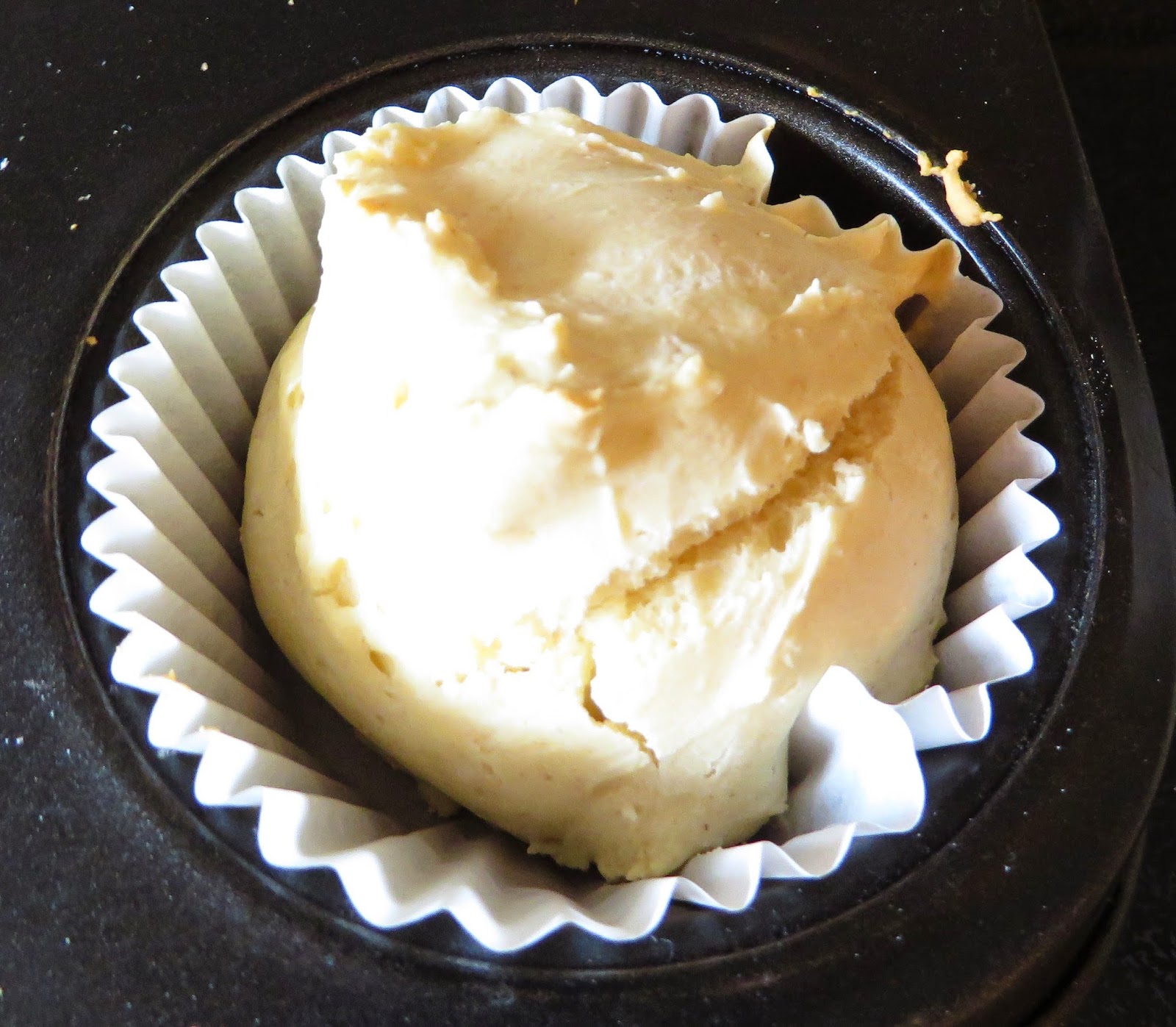Historical Food Fortnightly Challenge #10
"Let Them Eat Cake"
The Challenge: Let Them Eat Cake
The Recipe: While there were lots of delicious-sounding cakes, I didn't want to eat a whole cake by myself for no reason and I needed something challenging, so I went to some early American sources for breakfast and tea cakes that don't use baking powder. I learned that cream of tartar, cornstarch and saleratus (precursor to baking soda) plus eggs were used as leavening agents.
I also made
CUP CAKE
Lydia Maria Child, The Frugal Housewife, Dedicated to Those Who Are Not Ashamed of Economy, Boston: Carter and Hendee, 1830.
BREAKFAST-CAKE |
Two table-spoons sugar, two of butter, two eggs, one cup
milk, one (scant) quart flour, one tea-spoon soda, two of cream tartar; bake
twenty minutes in a quick oven.--Miss Emily L. Burnham, South Norwalk, Conn.
Estelle Woods Wilcox, Buckeye Cookbook, Minneapolis, Minn.:
Buckeye Pub. Co., 1877.I also made
CUP CAKE
Cup cake is about as good as pound cake, and is cheaper. One cup
of butter, two cups of sugar, three cups of flour, and four eggs, well beat
together, and baked in pans or cups. Bake twenty minutes and no more.
Lydia Maria Child, The Frugal Housewife, Dedicated to Those Who Are Not Ashamed of Economy, Boston: Carter and Hendee, 1830.
The Date/Year and Region:
Minneapolis, Minnesota 1877
New England, 1830
Minneapolis, Minnesota 1877
New England, 1830
How Did You Make It:
There aren't any instructions with these recipes, but I'm a good baker so I proceeded like any other baked good. I warmed some milk and added some vinegar and stirred in my baking soda for the cup cake. I sifted the dry ingredients, added some spices. I creamed the butter, added a beaten egg and mixed well. I added in the dry ingredients and milk. I didn't know what kind of pan to bake it in so I put it in muffin tins .
For the cupcakes, I made them the same way except I added spices to the dry mix and chopped up some apples to add into the mixture. I did use a tea cup to measure out my cups in the interest of historical accuracy.
There aren't any instructions with these recipes, but I'm a good baker so I proceeded like any other baked good. I warmed some milk and added some vinegar and stirred in my baking soda for the cup cake. I sifted the dry ingredients, added some spices. I creamed the butter, added a beaten egg and mixed well. I added in the dry ingredients and milk. I didn't know what kind of pan to bake it in so I put it in muffin tins .
For the cupcakes, I made them the same way except I added spices to the dry mix and chopped up some apples to add into the mixture. I did use a tea cup to measure out my cups in the interest of historical accuracy.
Time to Complete: About 30-40 minutes total using modern appliances. The cupcakes baked for about 20-25 minutes and the other cake about 15-20.
Total Cost:
I had all the ingredients on hand at the time.
How Successful Was It?:
I'm not sure how successful my breakfast cake was. It's sort of a biscuit like cake. It doesn't have any flavor, even with the spices added. The cupcakes smelled heavenly and taste divine! The apples and cinnamon really add to the taste. This is a great quick and easy muffin recipe I plan to use again! I only made half a batch since we had only two eggs left but I'll make the rest of the batch very soon.
I'm not sure how successful my breakfast cake was. It's sort of a biscuit like cake. It doesn't have any flavor, even with the spices added. The cupcakes smelled heavenly and taste divine! The apples and cinnamon really add to the taste. This is a great quick and easy muffin recipe I plan to use again! I only made half a batch since we had only two eggs left but I'll make the rest of the batch very soon.
How Accurate Is It?: Mostly accurate, aside from using modern electric kitchen appliances and 1% milk. I also added spices for flavor and apples to the cupcakes. I found recipes for cakes using dried apples from the same period but none cutting up apples and putting them inside the batter but I don't see why a housewife couldn't use up some apples in that way.
















